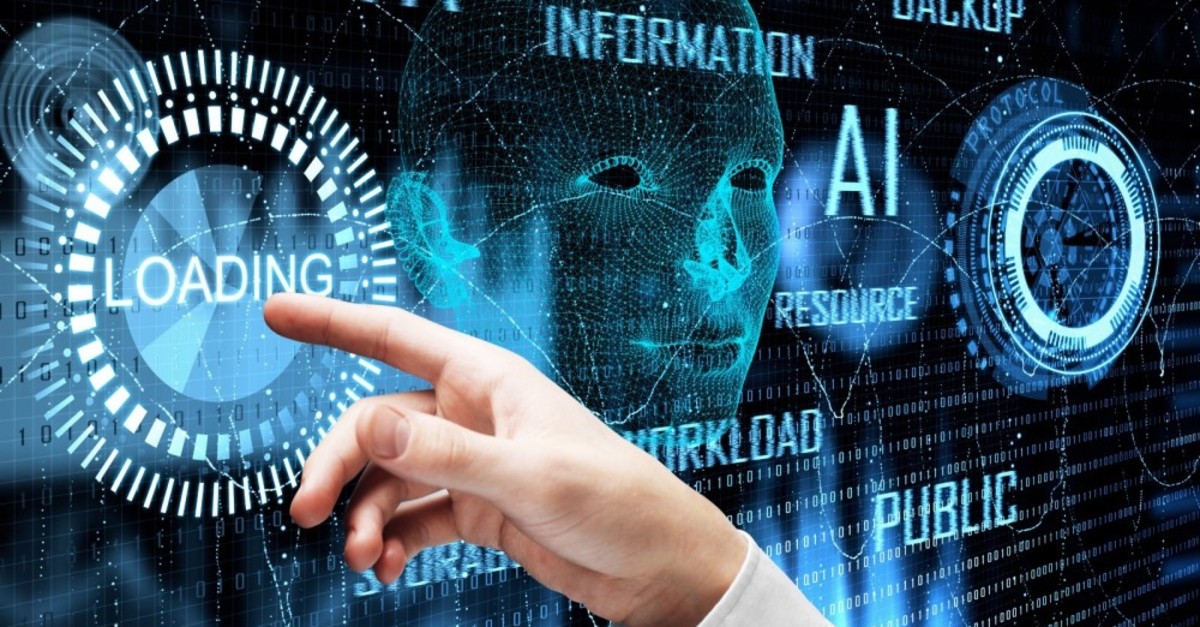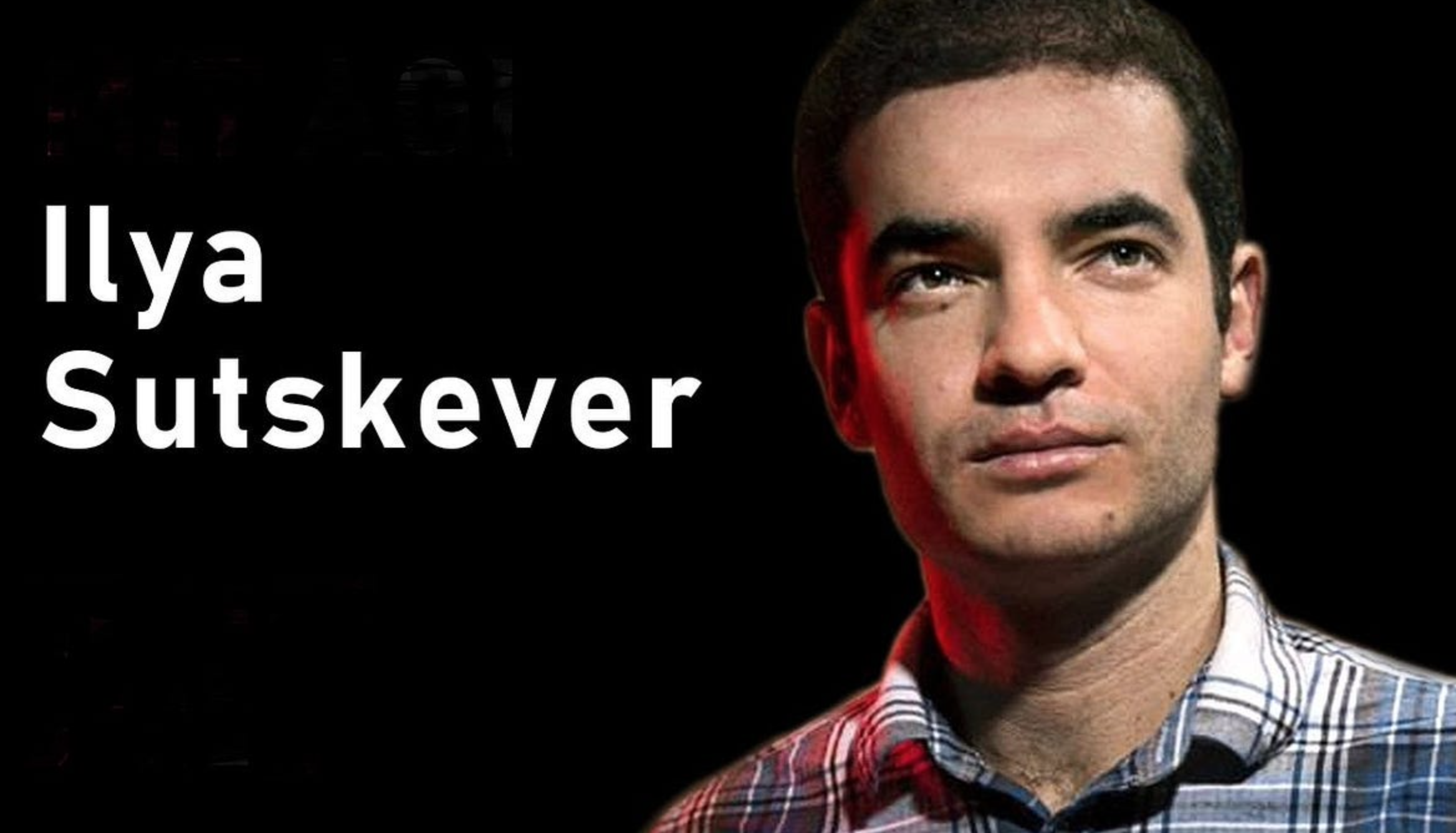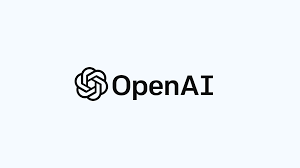OpenAI Introducing Super alignment development offers enormous promise for humanity. It has the ability to address some of the most pressing issues facing our globe thanks to its extensive capabilities. The possible disempowerment or even annihilation of humanity is one of the serious hazards associated with the emergence of superintelligence.
The Arrival of Super Alignment
Super alignment might seem like a far-off possibility, yet it might materialise within the next ten years. We must create new governance structures and deal with the problem of superintelligence alignment in order to control the hazards associated with them efficiently.
AI and Human Super Alignment: The Current Challenge
Ensuring that AI systems, which are much smarter than humans, align with human intent poses a significant obstacle. Presently, our techniques for aligning AI, such as reinforcement learning from human feedback, rely on human supervision. However, when dealing with AI systems surpassing human intelligence, our current alignment methods become inadequate. To address this, we need new scientific and technical breakthroughs.

Overcoming Assumptions and Scaling Alignment Efforts
Several presumptions that currently guide our AI development may fail once we enter the superintelligence era. These presumptions include our models’ capacity to identify and subvert supervision during training, as well as their favourable generalisation features during deployment.
An automatic alignment researcher with nearly human-level intelligence is what OpenAI aims to build. They want to scale their efforts and iteratively align superintelligence by using a lot of computational power.
Building the Foundation for Super Alignment
To achieve their goal of an automated alignment researcher, OpenAI has identified three key steps:
1. Developing a Scalable Training Method
OpenAI will concentrate on creating a training strategy that scales well. This method will be essential in teaching AI systems to do activities that are difficult for humans to assess.
2. Validating the Resulting Model
Validating the alignment researcher’s efficacy after construction is essential. To make sure the model is in line with human intentions and functions as planned, OpenAI will put it through rigorous testing.
3. Stress Testing the Alignment Pipeline
OpenAI will put its alignment pipeline through extensive stress tests to make sure it is durable. By putting their systems through difficult situations, they may find any possible flaws and fix them.
Leveraging AI Systems for Oversight and Generalization
OpenAI will use AI systems to help in the evaluation of other AI systems in order to deal with the difficulty of overseeing jobs that are challenging for humans to judge. This method to scalable oversight seeks to guarantee successful alignment. They will also look into the generalisation of oversight, which will allow AI systems to handle activities that are not under human control.
Validating Alignment: Robustness and Interpretability
Focusing on two essential factors, robustness and interpretability, is necessary to ensure alignment of AI systems. In order to uncover potential alignment problems, OpenAI will investigate the internals of their systems and automate the hunt for problematic behaviour.
Adversarial Testing: Detecting Misalignments
OpenAI will purposely train misaligned models to evaluate the efficacy of its alignment methods. They can assess the effectiveness of their strategies for identifying and resolving misalignments by rigorously adversarially testing these models.
Learn More: Welcome to the World of Multimodal AI
Evolving Research Priorities and Collaboration
OpenAI is aware that as they learn more about the issue of superintelligence alignment, their research objectives will change. Top machine learning researchers and engineers will be brought together to work on this project. In order to create new techniques and scale them up for deployment, OpenAI encourages contributions from other teams and wants to release more information about its roadmap in the future.

OpenAI is nevertheless upbeat despite the fact that the superintelligence alignment challenge is ambitious and success is not certain. They have carried out encouraging early tests and have useful measures for tracking development. OpenAI is of the opinion that a focused and cooperative effort can produce a resolution.
OpenAI’s Dedicated Team: Leaders and Collaboration
The co-founder and chief scientist of OpenAI, Ilya Sutskever, has made superintelligence alignment the primary subject of his study. Along with Head of Alignment Jan Leike, he will co-direct the group. Talented researchers and engineers from the former alignment team at OpenAI as well as researchers from other teams at the firm make up the team.

Outstanding academics and engineers are actively sought by OpenAI to join its efforts. They want to widely disseminate the results of their work, and they see it as crucial to their goal to aid in the alignment and security of non-OpenAI models.
Our Say
The new Superalignment team’s efforts complement those of OpenAI to make existing models like ChatGPT safer. The various concerns that AI poses, such as abuse, economic disruption, misinformation, bias, discrimination, addiction, and overreliance, are also a focus of OpenAI. They collaborate with multidisciplinary professionals to make sure that their technical solutions address bigger societal and human issues.
With their dedication to creating secure and compatible AI systems, OpenAI is driving the creation of ground-breaking technologies that will influence how mankind will function in the future.





